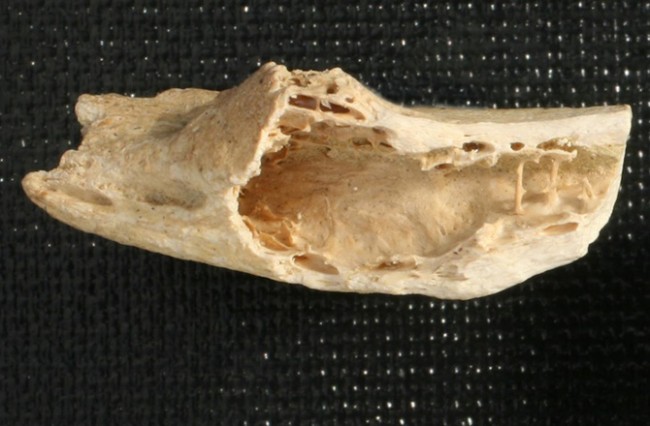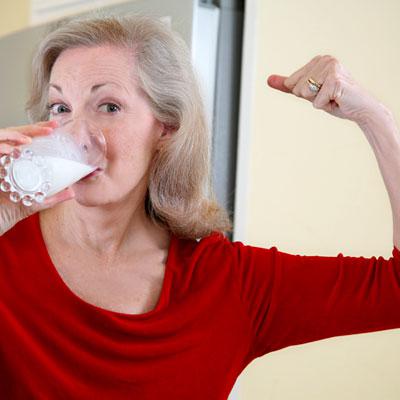
Raisins are also considered to be nature’s healthy alternative to candies as they are extremely sweet and convenient to eat. In terms of cost too, they are cheaper as compared to other dry fruits like pistachios and cashew nuts.
1. Keeps you energetic
If you are feeling fatigued and low on energy, try eating raisins. They contain sugars like fructose and glucose and promote the efficient absorption of nutrients in your body.
2. Good for your oral health
Unlike candies which are notorious for causing cavities, raisins contain oleanolic acid which prevents the growth of harmful bacteria in your mouth. This in turn helps in keeping oral health problems like tooth decay and cavities at bay.
3. Strengthens your bones
Calcium, a nutrient present in raisins helps strengthen your bones and keeps debilitating diseases like arthritis and osteoporosis at bay. Additionally, they have a micronutrient called boron which aids in the absorption of calcium.
4. Acts as an aphrodisiac
Eating raisins is a great way to rev up your love life as it contains an amino acid called arginine that raises your libido. Along with raisins, you could also eat foods like walnuts and pomegranate to boost your sex life.
5. Treats infections
Raisins can be an effective home remedy to treat infections as they have polyphenols with anti bacterial and anti inflammatory properties.
6. Keeps cancer at bay
Raisins are rich in antioxidants which prevent your cells from suffering from free radical damage which helps in preventing cancer. In particular, a polyphenolic antioxidant called catechin present in raisins has been found to protect against cancer.
7. Helps cure constipation
Constipation can be an extremely unpleasant condition to have. Raisins are rich in fibre which helps clear the food stuck in your bowel. You could also try eating papaya and guavas to help relieve the symptoms.
All of these properties ensure that you stock up on raisins the next time you go to the supermarket.
Source: The health





